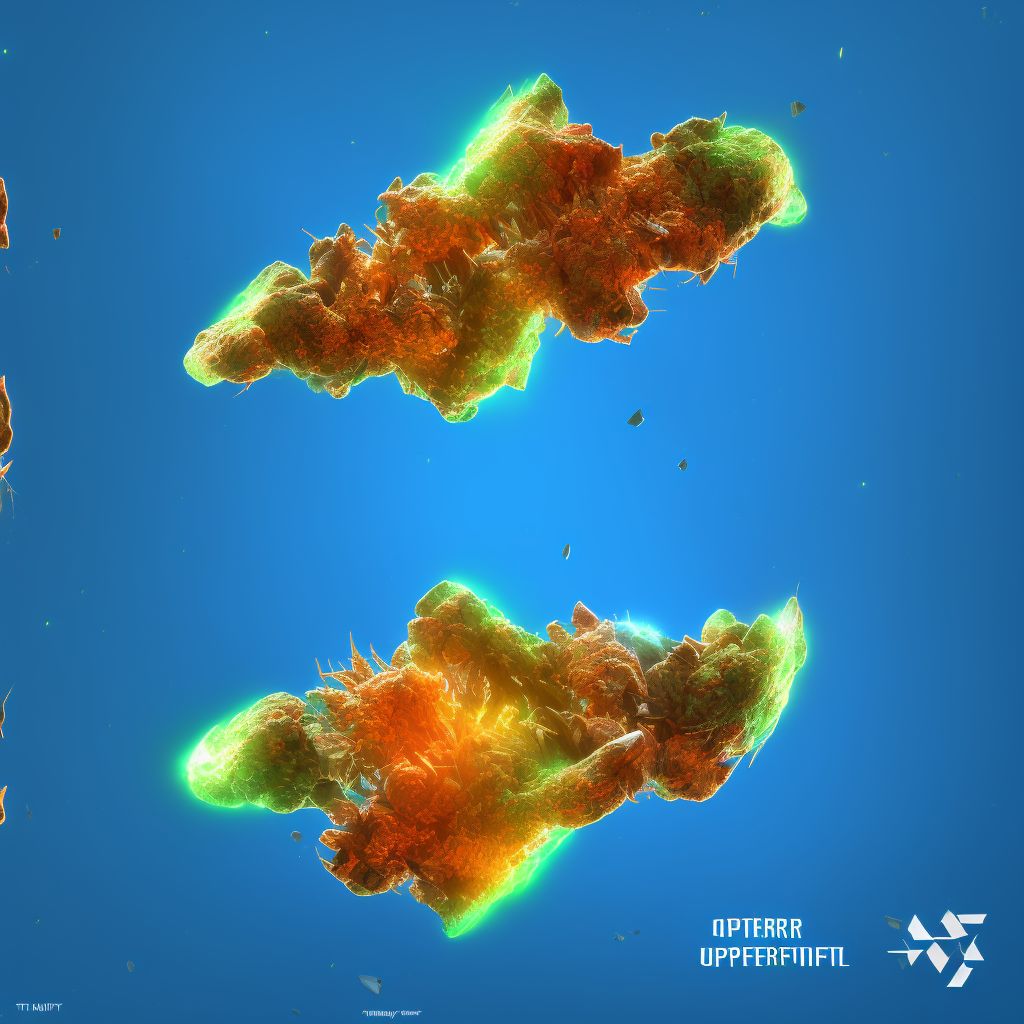
Other fracture of upper end of left tibia, subsequent encounter for closed fracture with nonunion Save
ICD-10 code: S82.192K
Disease category: S82.192: Other fracture of upper end of left tibia
Understanding Other Fracture of Upper End of Left Tibia, Subsequent Encounter for Closed Fracture with Nonunion
When it comes to bone fractures, one specific type that can occur is known as the "other fracture of the upper end of the left tibia, subsequent encounter for closed fracture with nonunion." This condition requires medical attention and can have a significant impact on an individual's mobility and overall well-being.
Fractures in the upper end of the left tibia can occur due to various factors, such as trauma, accidents, or repetitive stress on the bone. In some cases, fractures may not heal properly, resulting in nonunion, which is the failure of the fractured bone to heal within a normal timeframe.
To better understand this condition, let's break it down:
- Fracture: A fracture refers to a break in the continuity of the bone. It can occur in different ways and may vary in severity.
- Upper end of left tibia: The tibia is the larger of the two bones in the lower leg, commonly known as the shinbone. The upper end refers to the part of the bone closest to the knee joint.
- Subsequent encounter: This term indicates that the patient has sought medical treatment for the fracture on a subsequent occasion, such as a follow-up visit.
- Closed fracture: A closed fracture is a type of fracture where the bone does not break through the skin.
- Nonunion: Nonunion occurs when a fractured bone fails to heal within the expected timeframe, typically six to nine months.
It is important to note that the treatment options for this condition should be discussed with a healthcare professional. They will assess the severity of the fracture and determine the most appropriate course of action to promote healing and restore functionality.
In summary, an "other fracture of the upper end of the left tibia, subsequent encounter for closed fracture with nonunion" refers to a fracture in the upper part of the left shinbone that did not heal properly within the expected timeframe. Seeking medical attention promptly is crucial to ensure appropriate treatment and long-term recovery.
Treatment of Other fracture of upper end of left tibia, subsequent encounter for closed fracture with nonunion:
Treatment Options for 'Other Fracture of Upper End of Left Tibia, Subsequent Encounter for Closed Fracture with Nonunion'
Dealing with a fracture in the upper end of the left tibia can be quite challenging, especially when it comes to subsequent encounters for a closed fracture with nonunion. This condition requires careful evaluation and a tailored treatment plan to promote healin...
To see full information about treatment please Sign up or Log in